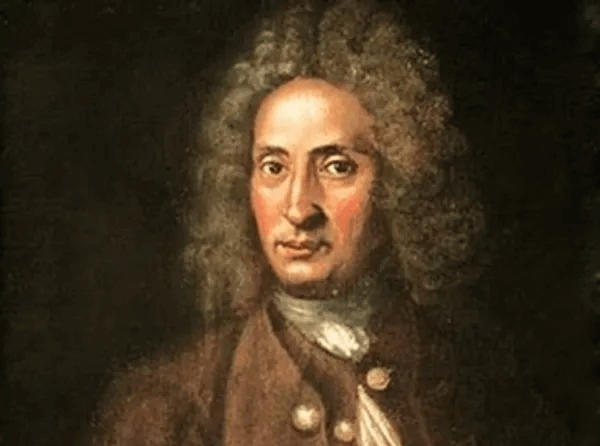Tomaso Albinoni: The Quiet Master of Italian Baroque Music


 Elegance, stability, and order—as well as a sense of pure, elemental joy—are the qualities I hear in Albinoni’s music. It is music of Venice through and through, where in the meltingly beautiful slow movements you can all but see the morning light playing on the water of the lagoon or feel the quiet awe and majesty of the dusky interior of one of the city’s churches. The allegros have a positive energy, carried along by bubbling counterpoint, that reminds us that Venice was a hub of life and activity, even during its period of relative decline in Albinoni’s day. For by the 18th century the previously powerful Serene Republic was deriving its livelihood mainly from tourism—particularly during the popular Carnival season preceding Lent.
Elegance, stability, and order—as well as a sense of pure, elemental joy—are the qualities I hear in Albinoni’s music. It is music of Venice through and through, where in the meltingly beautiful slow movements you can all but see the morning light playing on the water of the lagoon or feel the quiet awe and majesty of the dusky interior of one of the city’s churches. The allegros have a positive energy, carried along by bubbling counterpoint, that reminds us that Venice was a hub of life and activity, even during its period of relative decline in Albinoni’s day. For by the 18th century the previously powerful Serene Republic was deriving its livelihood mainly from tourism—particularly during the popular Carnival season preceding Lent.